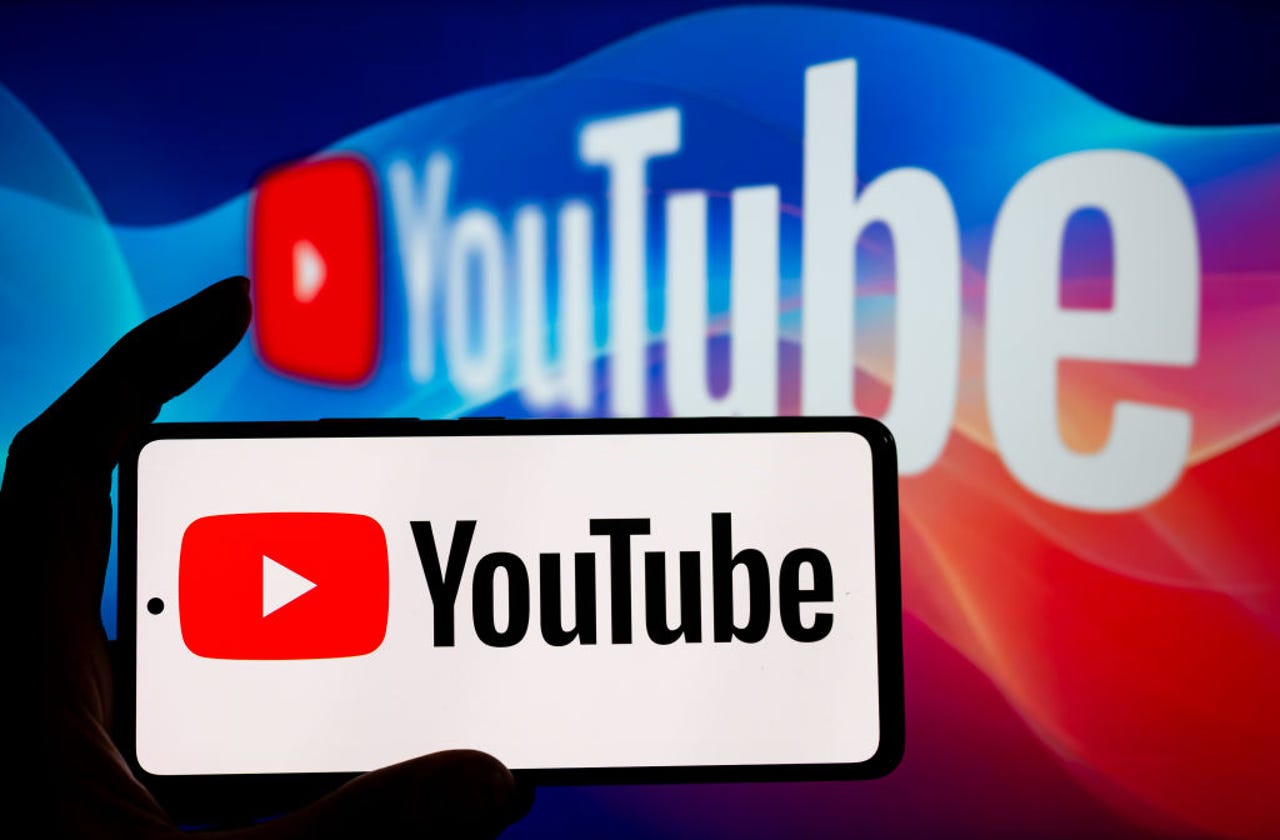Your ad-blocking glory days on YouTube are over


If you enjoy an ad-free YouTube experience thanks to an ad blocker, you might be in for an unhappy surprise soon.
Back in June, some users who were utilizing ad blockers on YouTube started seeing messages that said "video playback will be blocked unless YouTube is allowlisted or the ad blocker is disabled."
Also: The top 6 new YouTube features and design updates (out of literally dozens)
Now though, it seems that the test is going full-scale. In a statement to The Verge, a representative confirmed the company was launching "a global effort" to put a stop to users skirting ads through outside programs.
"The use of ad blockers," the statement read, "violates YouTube's Terms of Service. We've launched a global effort to urge viewers with ad blockers enabled to allow ads on YouTube or try YouTube Premium for an ad-free experience." The statement went on to say that ads on the site "support a diverse ecosystem of creators globally and allow billions to access their favorite content on YouTube."
A link in that statement leads to a YouTube support page with instructions on how to allow YouTube ads on popular ad-blocking programs, including AdBlock Plus and UBlock.
To test this myself, I headed to YouTube and clicked on a video with my ad-blocker enabled. I was indeed greeted with that message with no way to close it. When I disabled the blocker, the video played as usual.
Also: How to become a content creator: Everything you need
So what are the options? You could pay up for YouTube Premium at $13.99 a month for Android users and $18.99 for iOS users or sit through some advertisements. You can save a little by paying for a year at once ($120 for Android or $140 for iOS), but that's now your only way to bypass commercials on YouTube.
This change comes at a time when YouTube is making a number of modifications to the way ads are handled on the site, including adding longer (but less frequent) ad breaks for television viewers and allowing for easier product promotion for creators.
Several other sites similar to YouTube, including Vimeo, have enacted similar policies, but YouTube is the biggest one to make this decision.